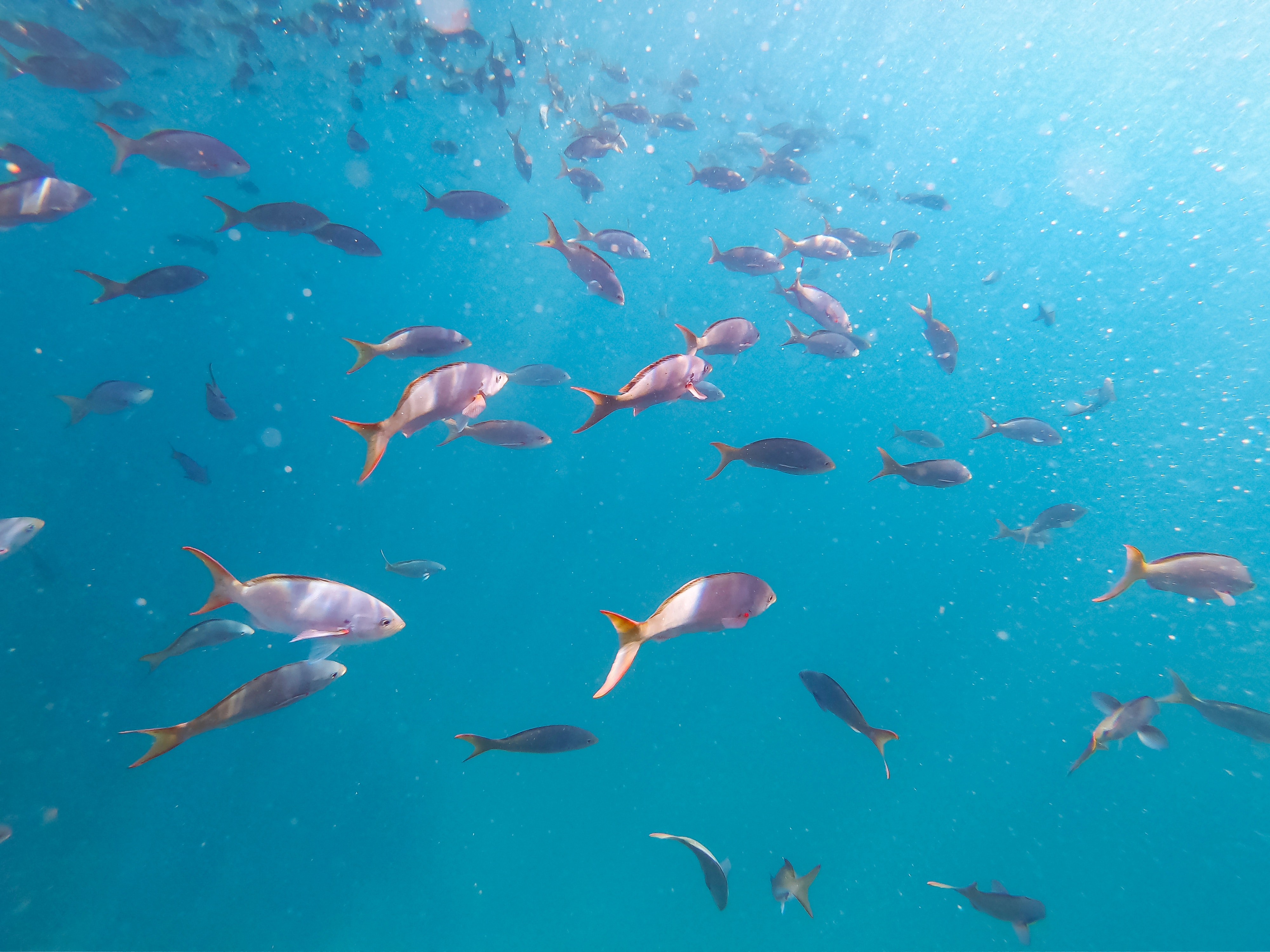Increasing traffic to our tasting room is a goal we all share. Sure, we know that we can drive in lots of bodies by offering 2 for 1 tasting coupons and other similar promotions, but driving in just anybody is not ideal: We want qualified guests who will love our wines and our story, those who will become long-time customers and ambassadors for our brands. One way we can do this is by building relationships with key gatekeepers and creating outreach programs to court appropriate partners in order to get great referrals.
Developing proactive, more formal outreach programs is one of the areas that has changed the most over the past five years in our efforts to increase our direct to consumer business. It is becoming more and more competitive, so working smartly here is the key to gaining the referrals we want.
Here are five WISE best practices for building relationships with key gatekeepers and gaining referrals:
1. Create a target list of desirable outreach partners
Develop a target list of key influencers – both current and aspirational partners. Assign someone specific to “own” each relationship, just like an account manager would do. Start by finding out what is working well today – who are our current traffic drivers of qualified guests? This helps us to “fish where the fish are.”
2. Formally decide on the top 10 to 25 accounts to focus on first
Invite target influencers over to experience our best offerings first hand during slow times – usually Tuesdays and Wednesdays are great. Couple this with a “sales” presentation for key, local on-premise clients to kill two birds with one stone. This can be much more effective than hosting large hospitality parties that become happy hours.
3. Set up categories and assign source key codes
First determine the broad category – hotels, B&Bs, restaurants, limo companies, other like-minded wineries, destination management companies, etc., and then the specific partners within each category. Assign the specific source key code to each visitor by account. For example, hotels might be category 1, and the Westin would be 101, Marriott would be 102, and so on. Ideally, these codes are in our POS system as a drop down, so that TR staff can easily assign a code to each guest.
4. Track partner referral performance in detail
Track source key codes for each guest (by category and by each individual company) to review who specifically is driving traffic. Track both the number of parties referred and the total number of visitors. Then review sales performance by each source key code – including conversion rates to purchasers, wine club and email list, as well as the average order value.
Also, track the activity with individuals at your target accounts – when was the last communication, last time on-site, the number of people they personally have sent. This will show us who our best and most profitable referrers are and where and when we need to follow up.
5. Develop a special, unique offer that is easy for our partners to sell
Special guests deserve a special experience. This could be a blending event, library vertical tasting, food & wine pairing in an exclusive, reserved spot – something that is not offered to everyone, just guests referred by our “preferred partners.” Remember that if we make our partner’s guests happy, it reflects well on them too, and it makes it much more likely that we will get more referrals.
Set up proactive reciprocal referral programs with other target, like-minded wineries nearby. We could also create small focused networking groups – one winery, one hotel, one restaurant and one limo company – where each partner has something to gain by referring to one another.
Now that we have our great outreach program all ready to go, we must be proactive in our communications with our partners. Send email updates to these relevant partners every Monday and Thursday, letting them know what reservation openings we still have available for their guests.
And finally, be sure to say thanks to the relevant person at each target account when someone buys or joins our wine club or when they increase the amount of great referrals they send to us. That’s the way to keep them coming!
The key here is to find the best fishing hole, nurture it, and reap the rewards.




